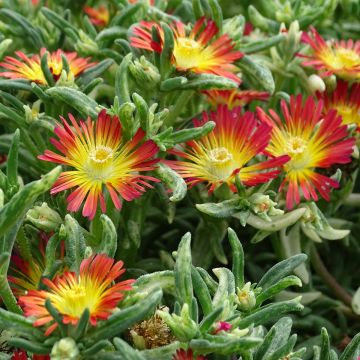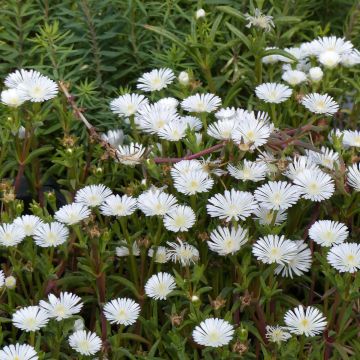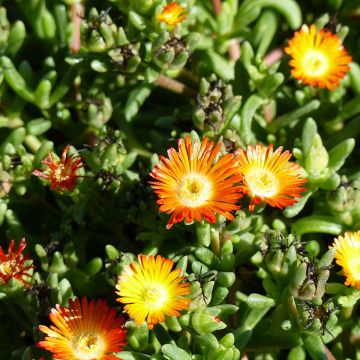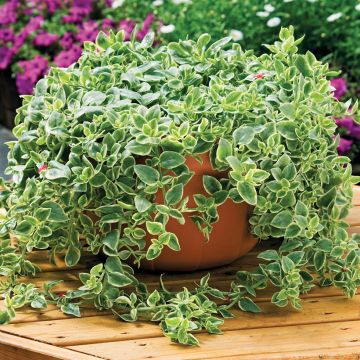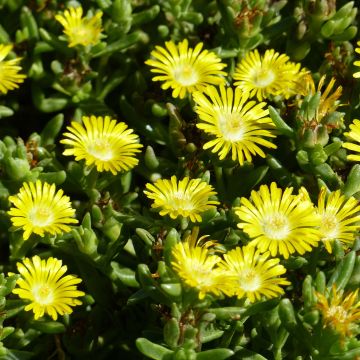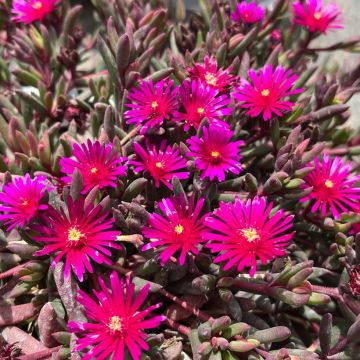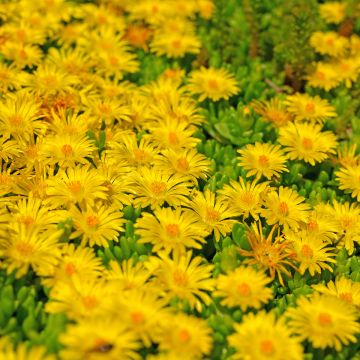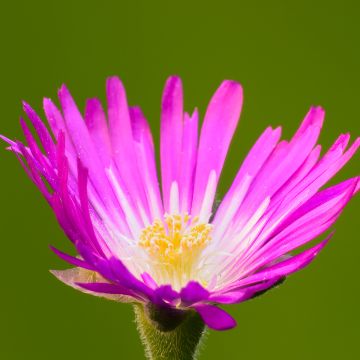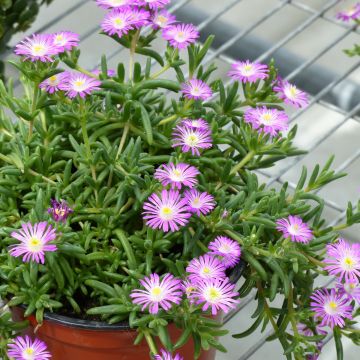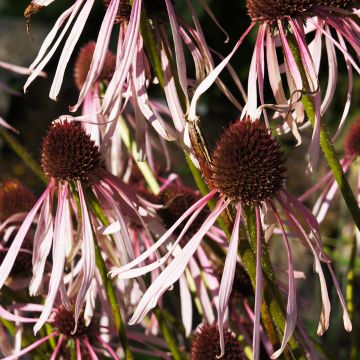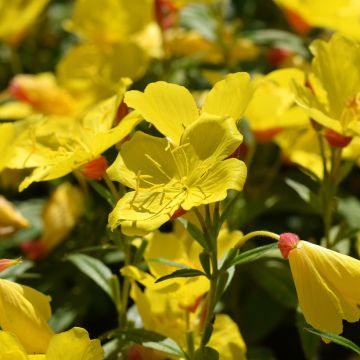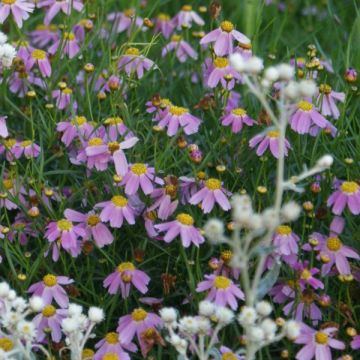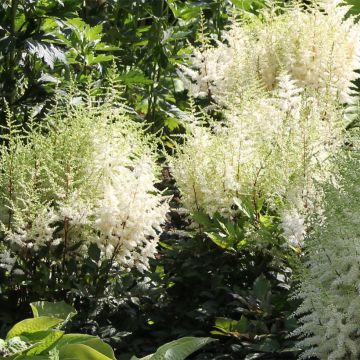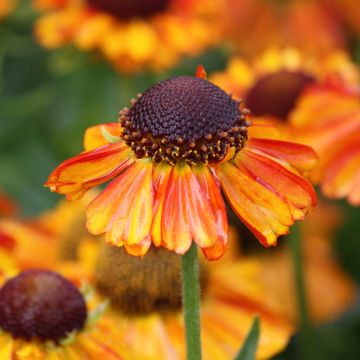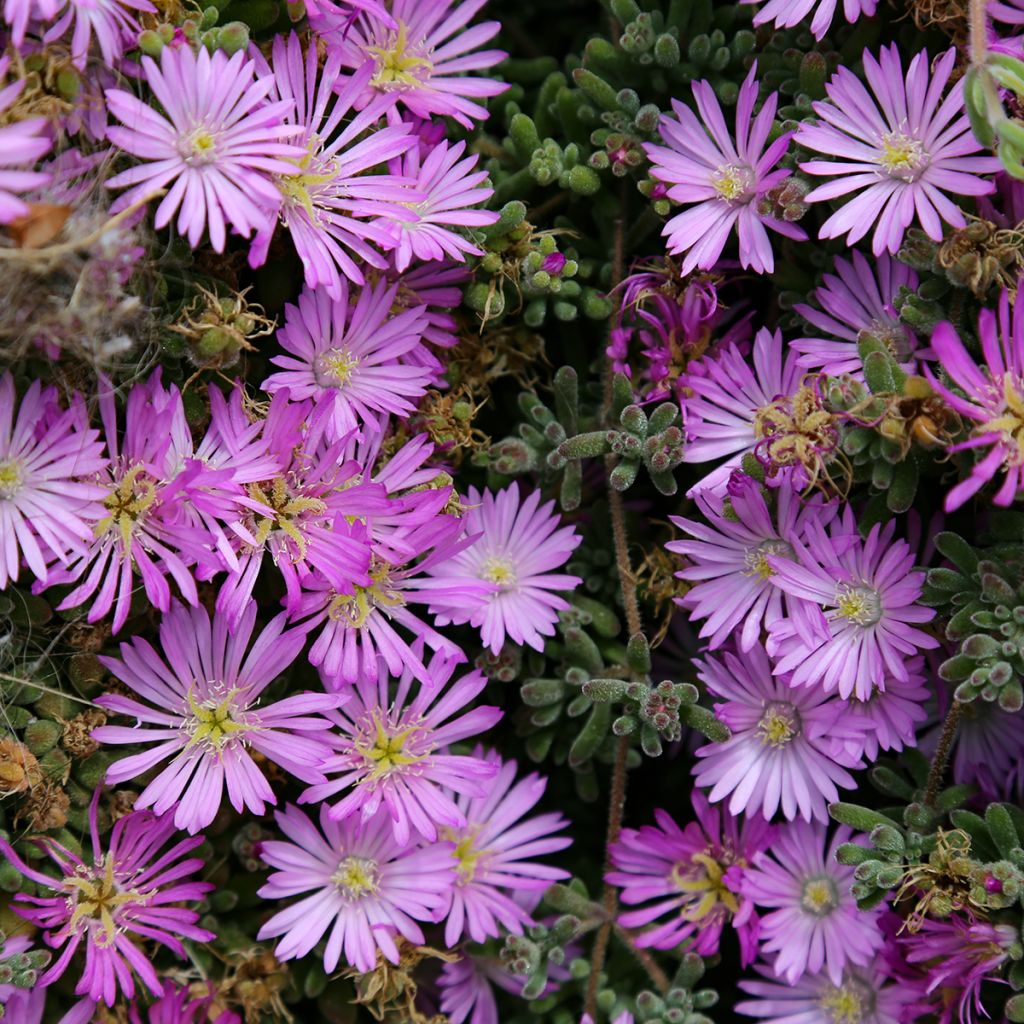

Drosanthemum candens
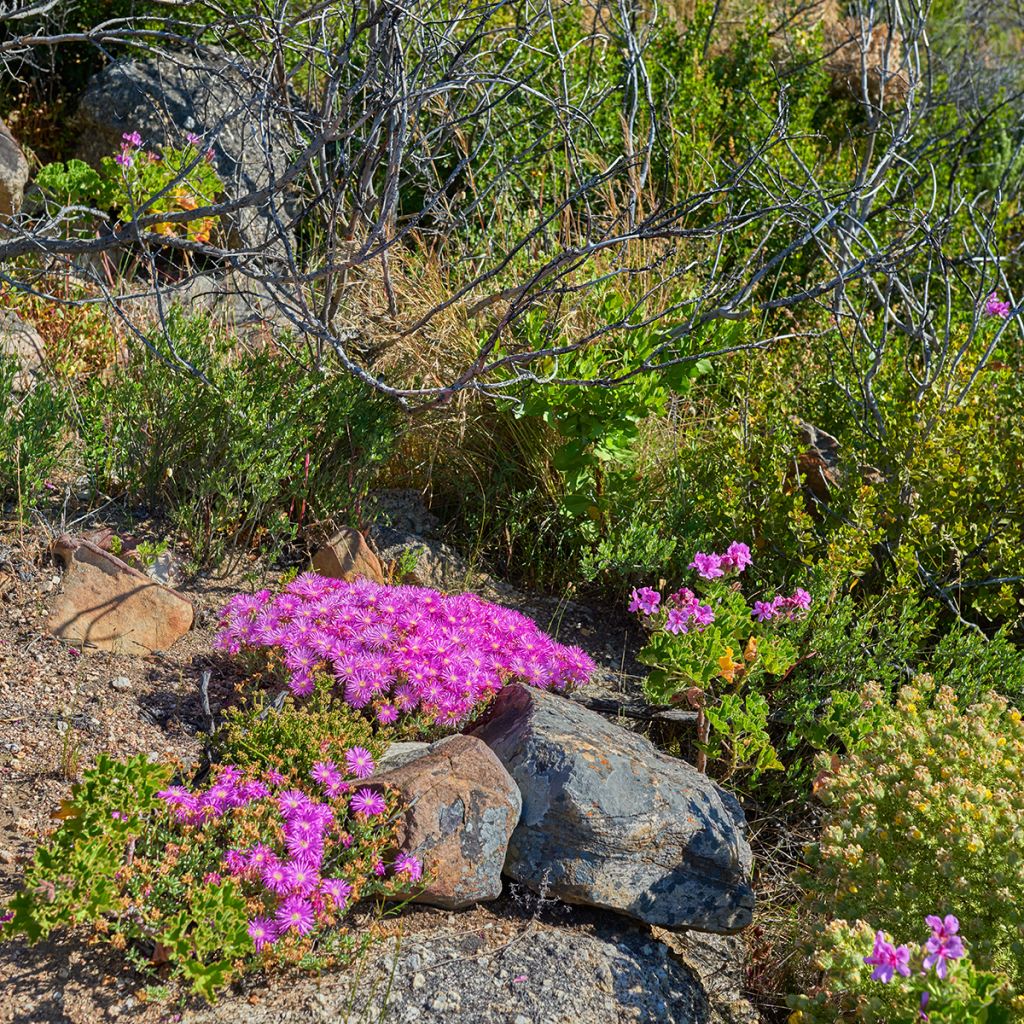

Drosanthemum candens
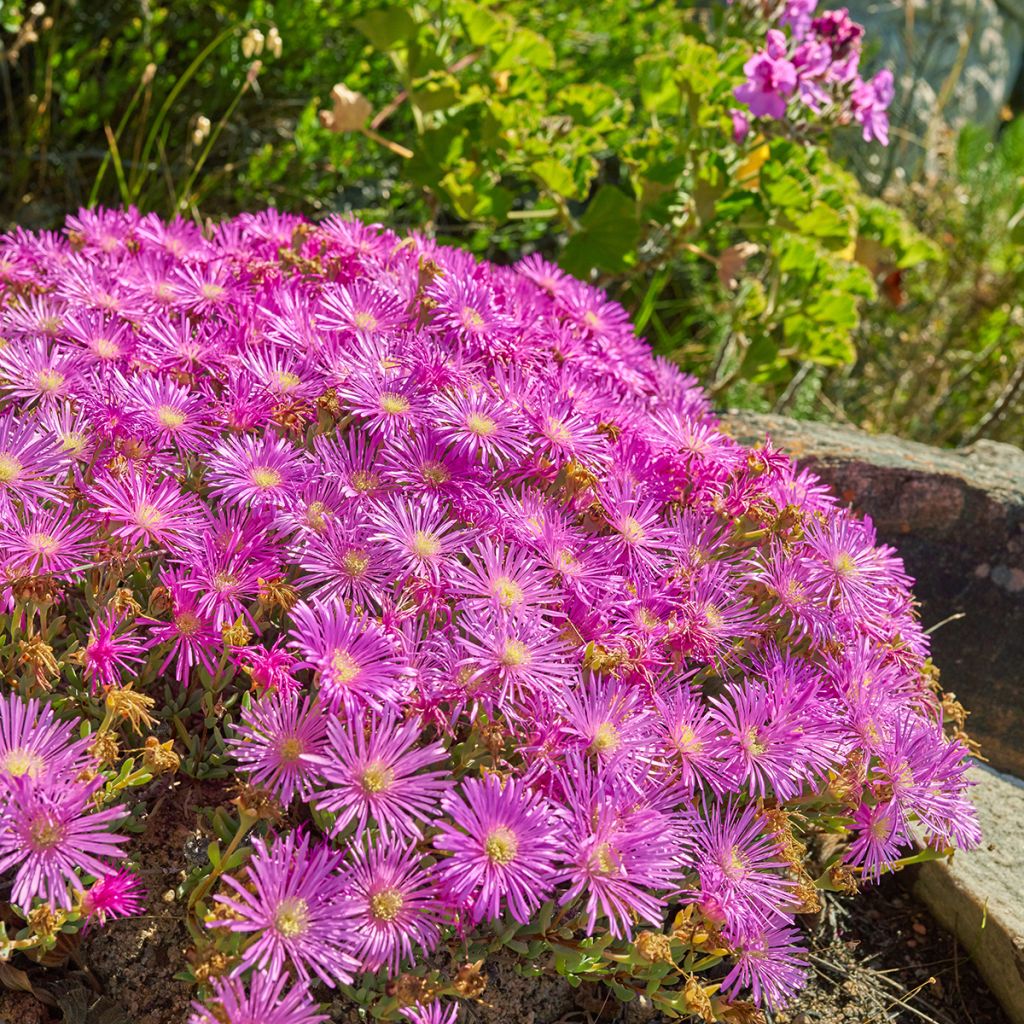

Drosanthemum candens


Drosanthemum candens
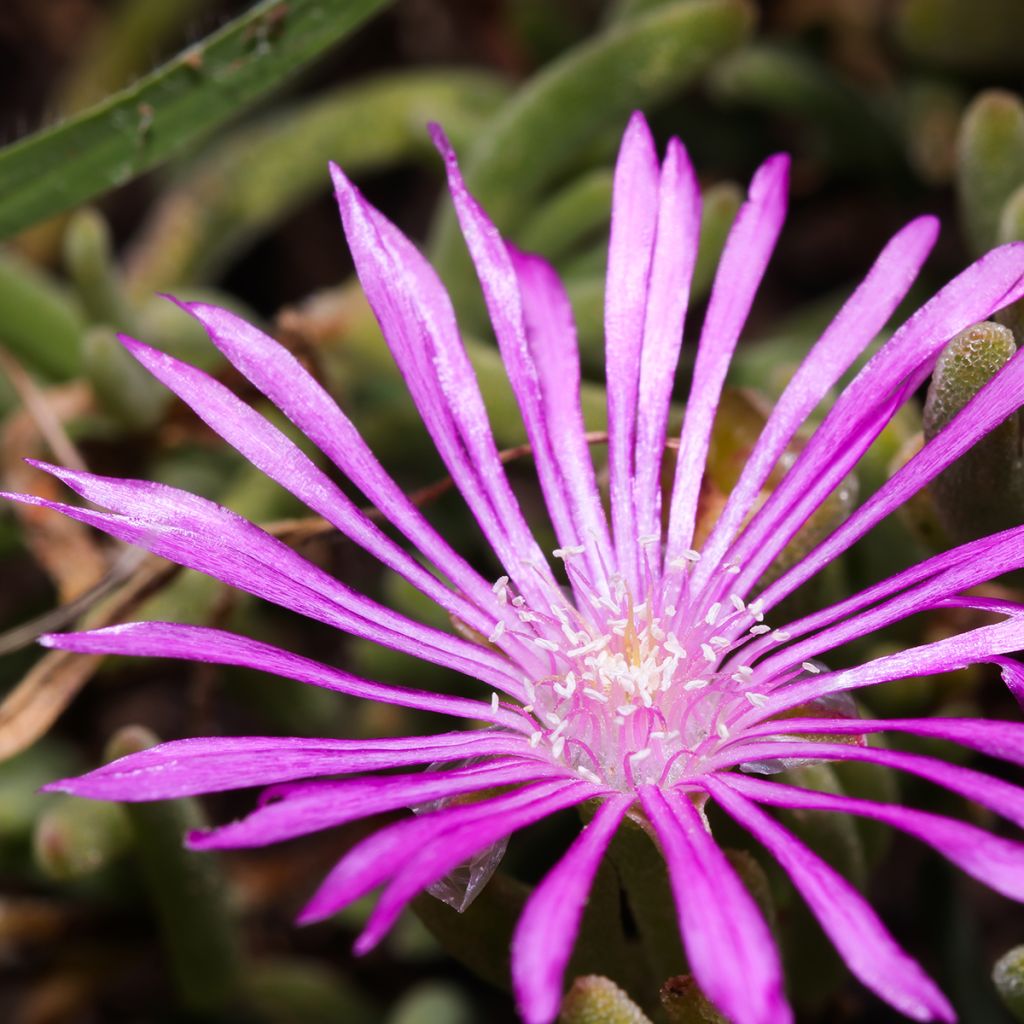

Drosanthemum candens
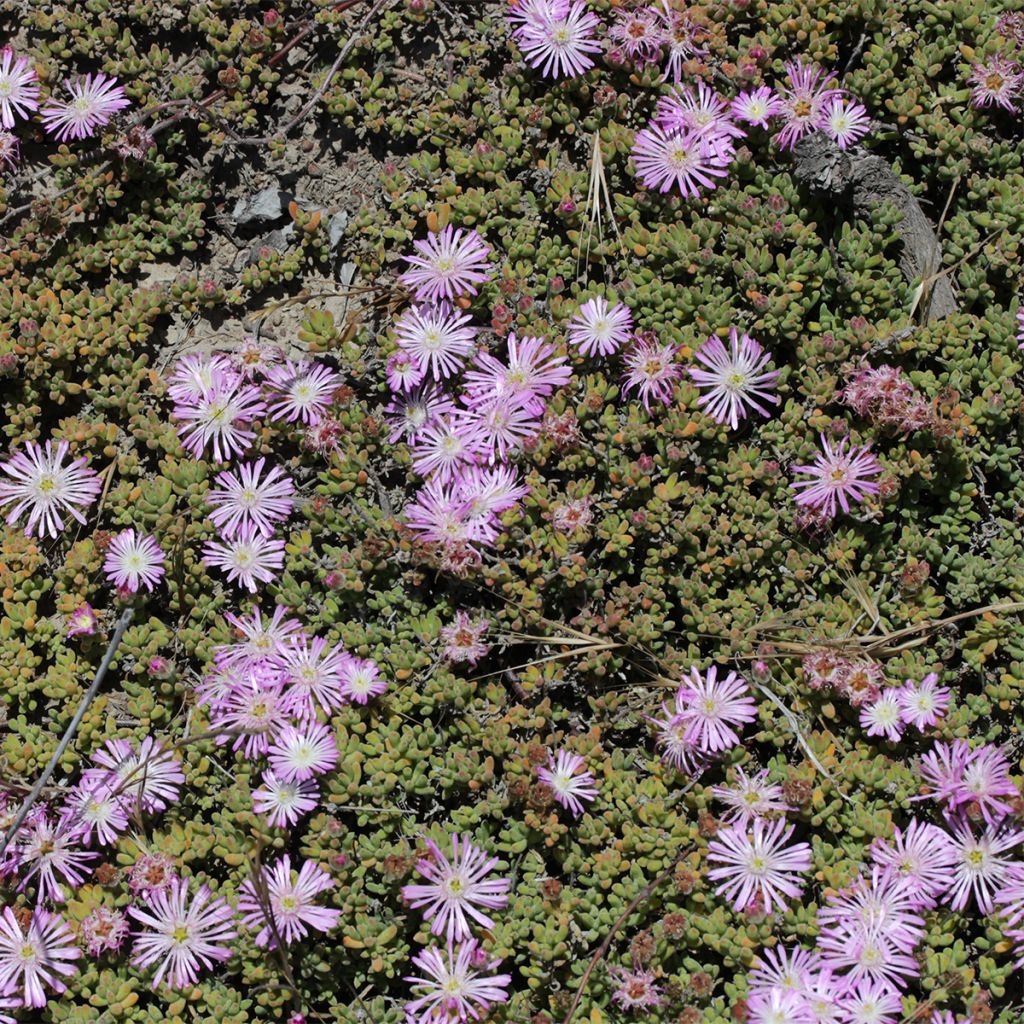

Drosanthemum candens
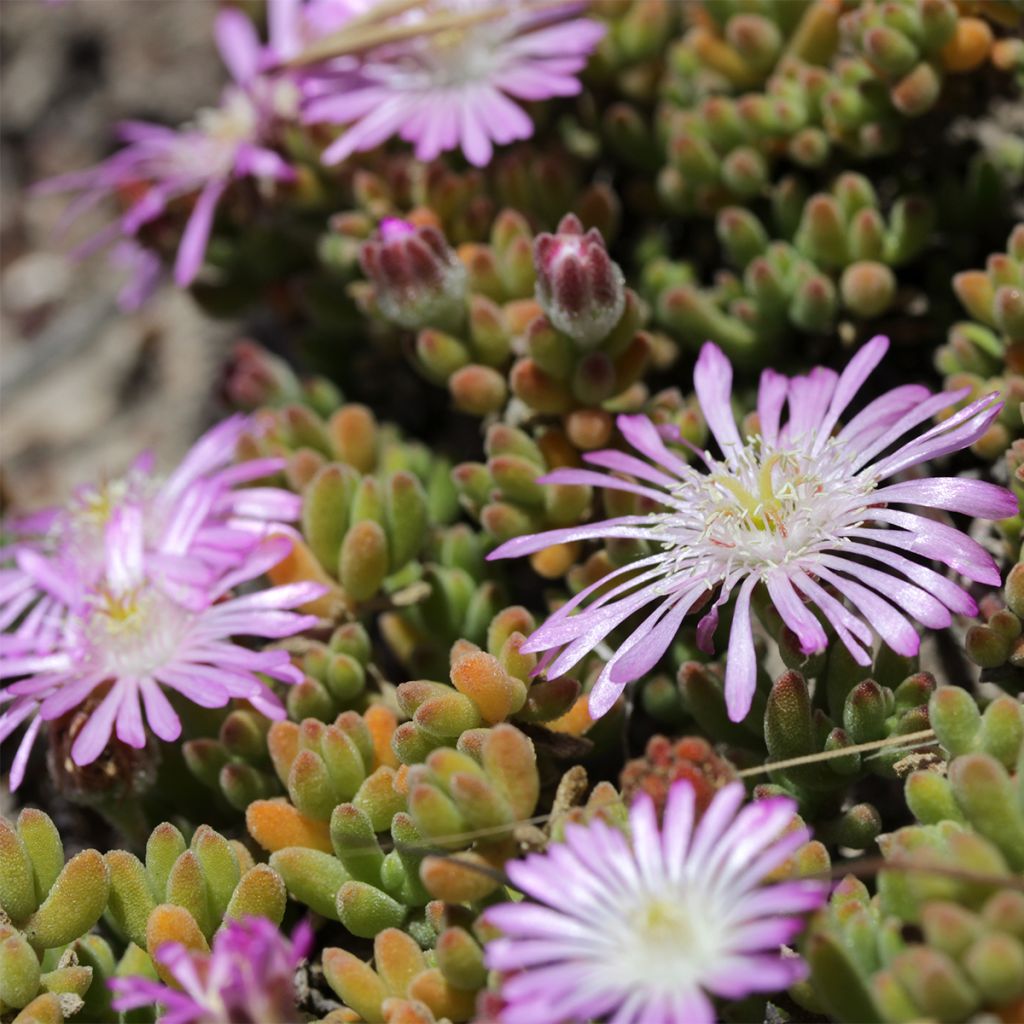

Drosanthemum candens
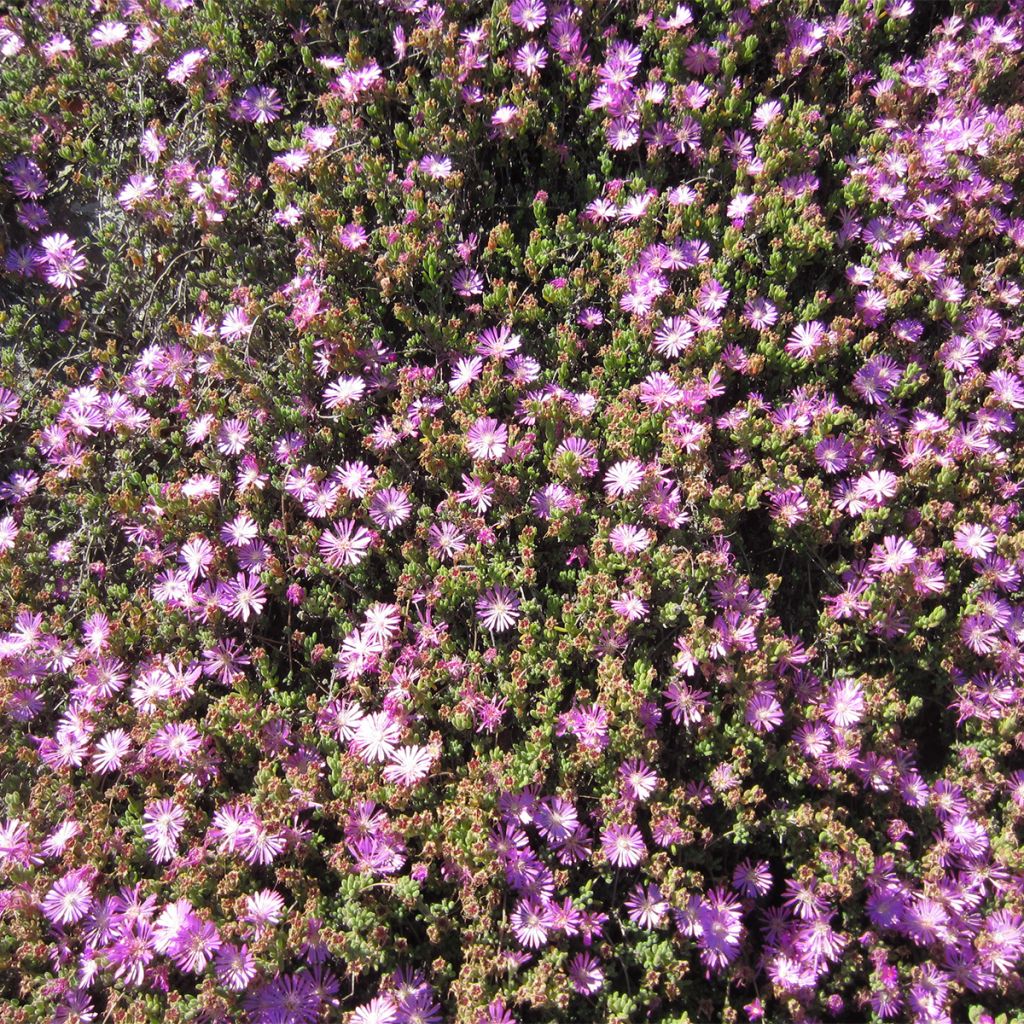

Drosanthemum candens


Drosanthemum candens
View more pictures
Hide images
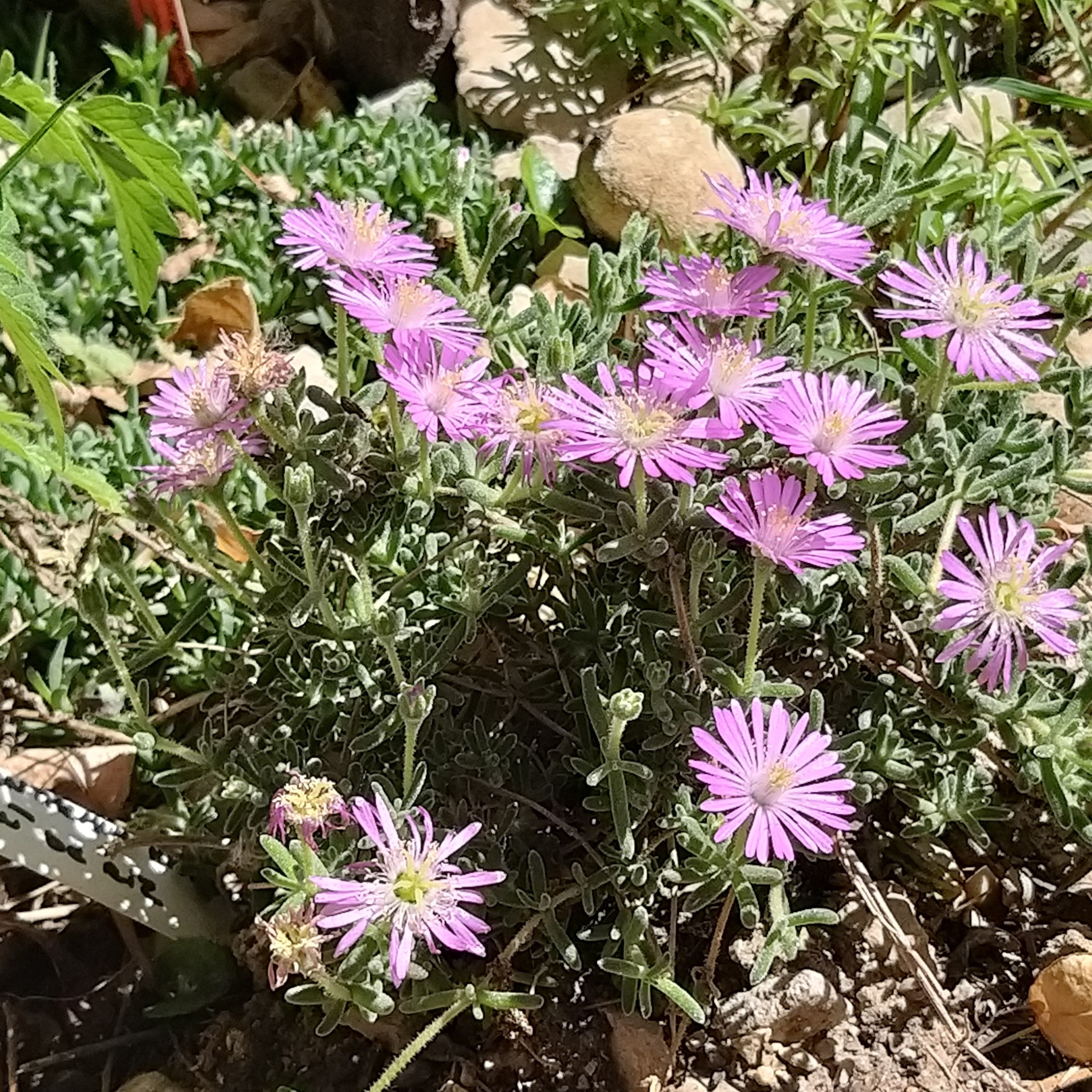
Thierry P.

N/A
Thierry P. • 84 FR
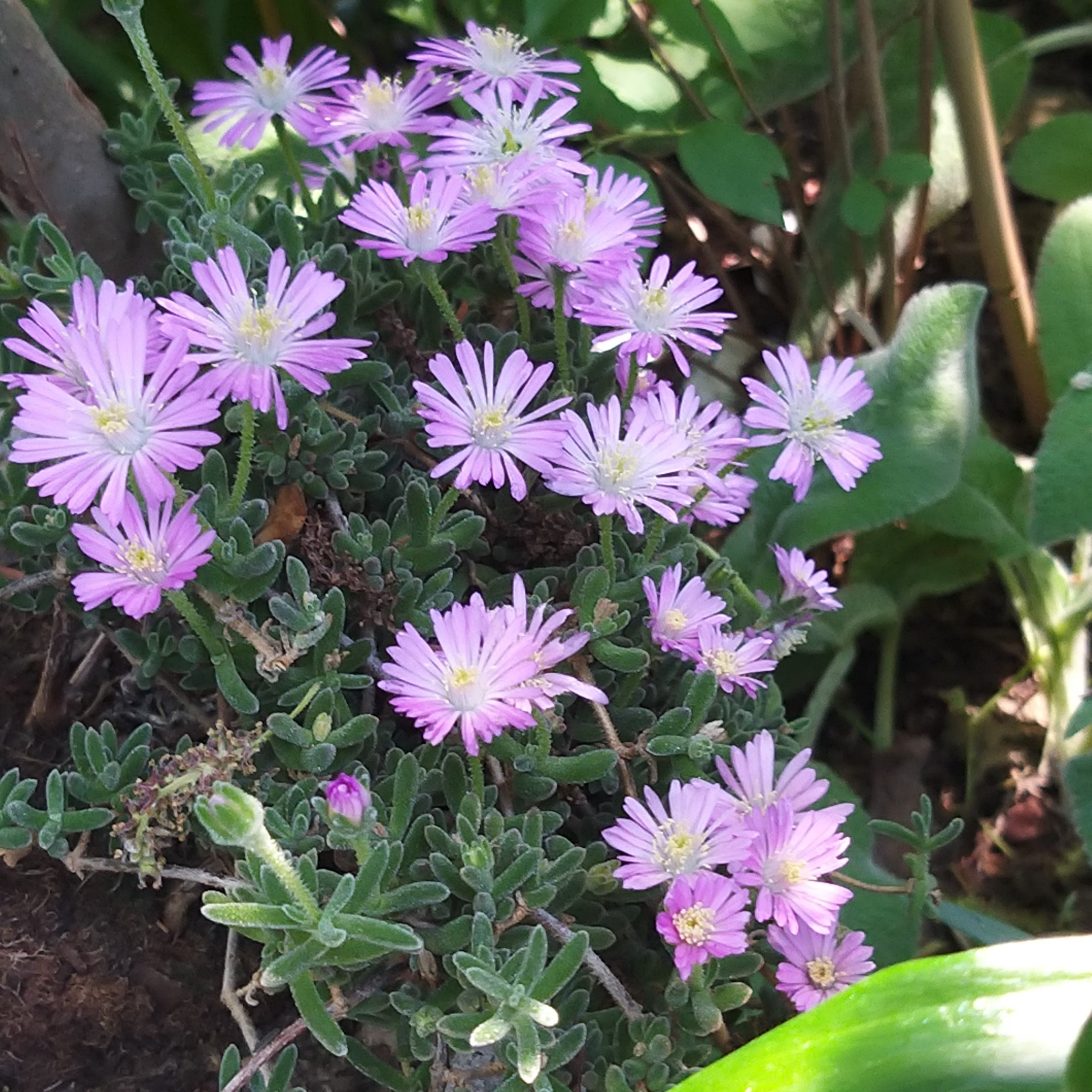
Thierry P.

No text to translate.
Thierry P. • 84 FR
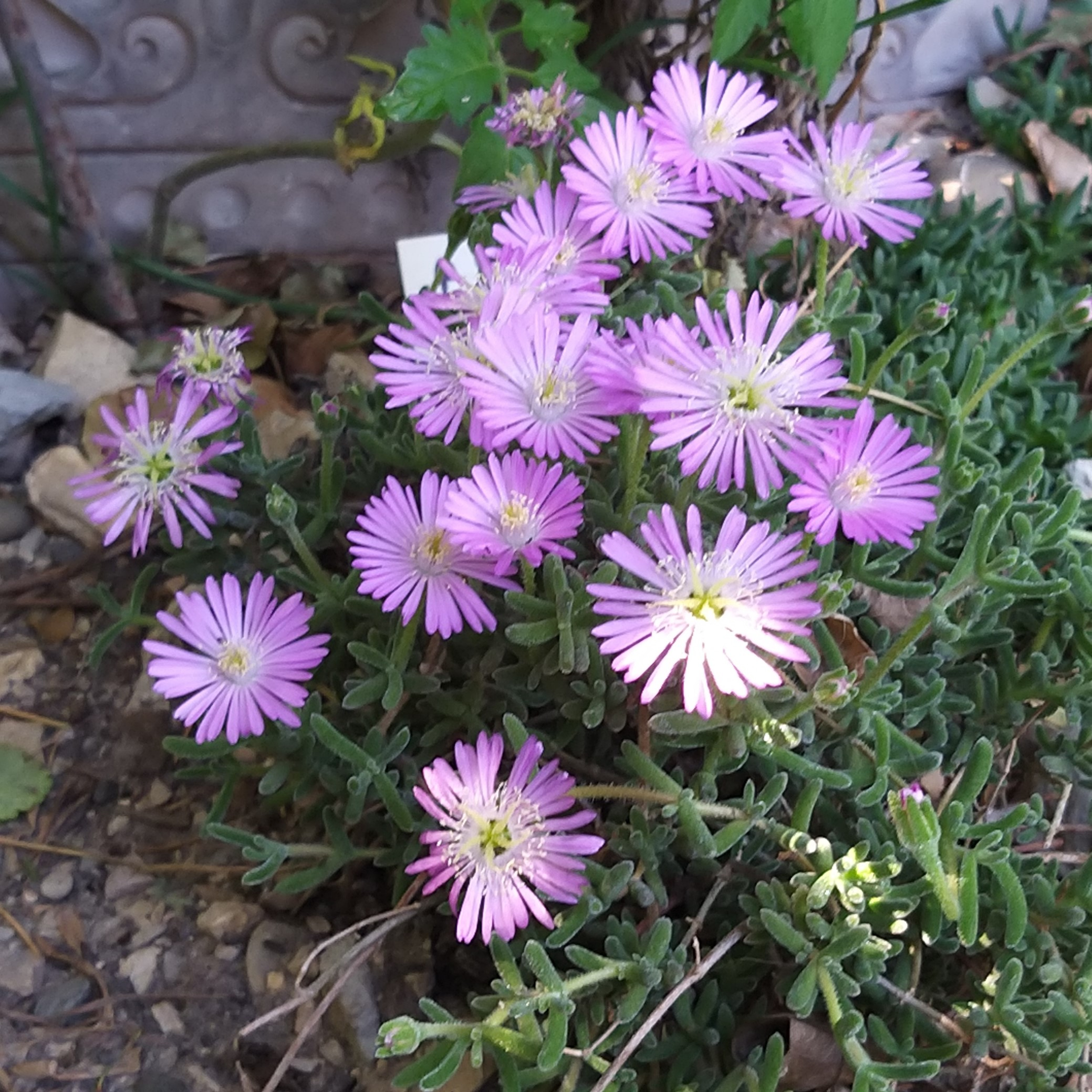
Thierry P.

Flowering in April - image 5
Thierry P. • 84 FR
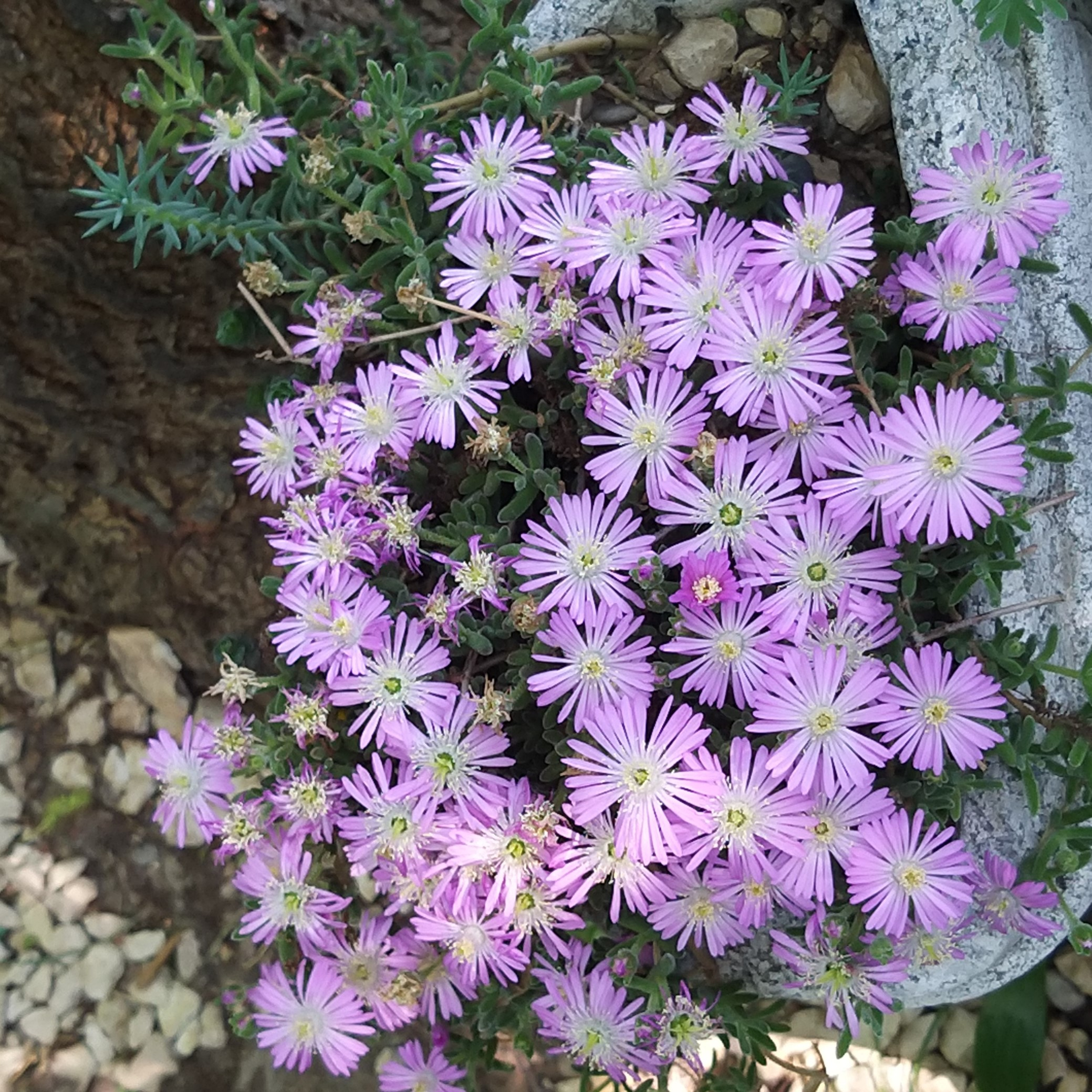
Thierry P.

N/A
Thierry P. • 84 FR
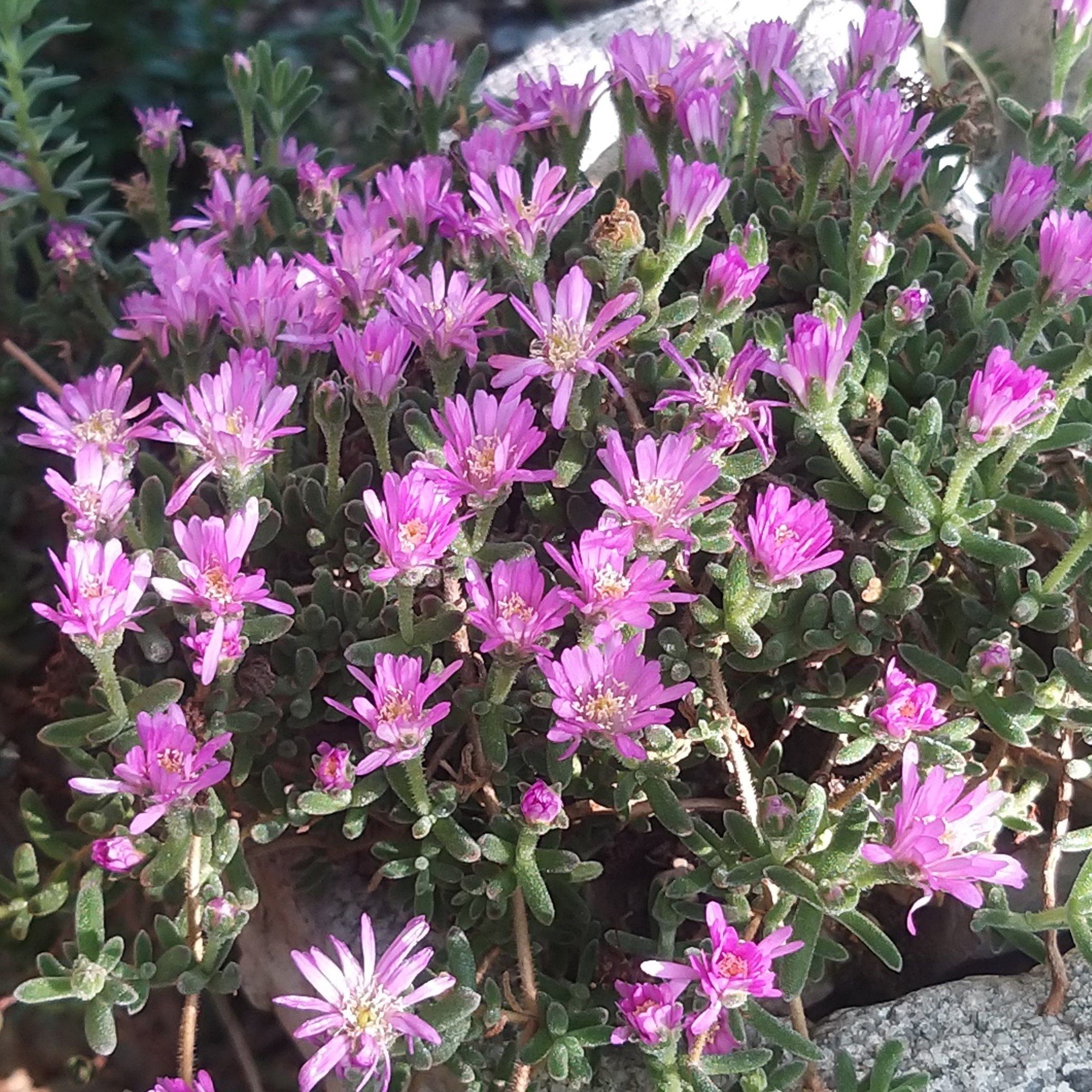
Thierry P.

No text to translate.
Thierry P. • 84 FR
Drosanthemum candens
Drosanthemum candens
Dewflower
One in three plants did not recover.
Marijke S., 16/04/2023
Special offer!
Receive a €20 voucher for any order over €90 (excluding delivery costs, credit notes, and plastic-free options)!
1- Add your favorite plants to your cart.
2- Once you have reached €90, confirm your order (you can even choose the delivery date!).
3- As soon as your order is shipped, you will receive an email containing your voucher code, valid for 3 months (90 days).
Your voucher is unique and can only be used once, for any order with a minimum value of €20, excluding delivery costs.
Can be combined with other current offers, non-divisible and non-refundable.
Why not try an alternative variety in stock?
View all →This plant carries a 12 months recovery warranty
More information
We guarantee the quality of our plants for a full growing cycle, and will replace at our expense any plant that fails to recover under normal climatic and planting conditions.

Would this plant suit my garden?
Set up your Plantfit profile →
Description
Drosanthemum candens (synonym Drosanthemum floribundum), formerly known as Mesembryanthemum, is an adorable perennial plant from southern Africa with a creeping habit that will cover walls, rockeries, and borders in coastal gardens. It has a delicate succulent foliage that persists in winter and offers numerous nectar-rich flowers, light pink with metallic reflections, that bloom from spring to autumn. This Drosanthemum with many flowers is cultivated and used like its cousin Delosperma, in full sun and well-drained, even dry soils.
Drosanthemum candens is a plant from the family Aizoaceae, native to the eastern Cape Province in South Africa, where it grows along the coast. This semi-hardy perennial is perfectly adapted to hot and dry Mediterranean-type climates. It settles between stones, paving slabs, or on a dry slope, as long as it finds some substrate. However, if your region is subject to frosts close to -6°C (21.2°F), place it in a pot or container that you bring indoors during winter to protect it from frost.
This prostrate plant develops thin, creeping, ramified stems that easily root, thus colonizing the space up to a width of 1m (3ft) or more under favourable conditions. The vegetation height does not exceed 15cm (6in). The finely hairy stems bear small succulent leaves that are opposite, clustered, linear to cylindrical, blunt, shiny, and covered with silvery bristles, glaucous in colour, turning reddish in cold weather. These leaves are sessile (without petiole), very fleshy, warty, and measure about 4cm (2in). This Drosanthemum therefore forms a low tuft that is covered with small solitary daisy-like flowers, composed of very thin and shiny petals in pink colour around a pale yellow centre. The flowers only open in full sun. Its flowering period extends from March-April to late September. It is nectar-rich and attractive to bees. If you want to enhance its flowering, you can remove faded flowers.
Drosanthemum candens is an excellent plant for dry rockeries. It thrives alongside Sedums, Dianthus, and Delosperma. However, it will be perfect at the base of Stachys and Valerian, with which it shares the same requirements: sun and dry soil.
Report an error about the product description
Drosanthemum candens in pictures


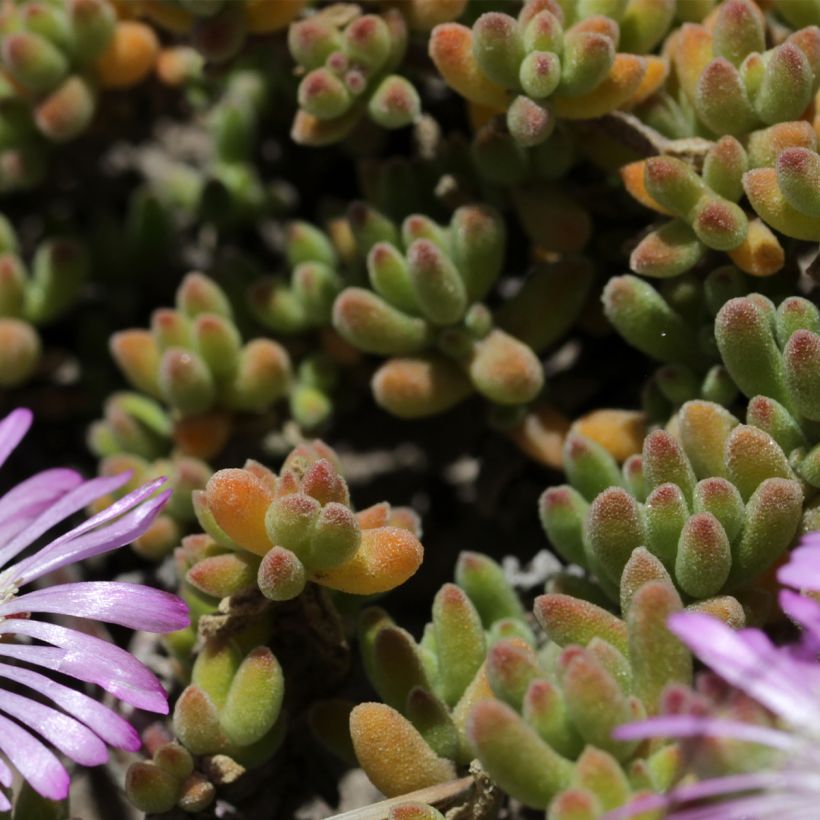



Flowering
Foliage
Plant habit
Botanical data
Drosanthemum
candens
Aizoaceae
Dewflower
South Africa
Other Delosperma
View all →Planting and care
Drosanthemum candens settles in place in spring or early autumn in a well-drained, dry, sandy, or even rocky soil. It appreciates walls, rockeries, and well-exposed slopes. If your region is humid or subject to frosts below -6 to -7°C (21.2 to 19.4°F), prefer to place it in a pot or container. This way, you can shelter it during winter if necessary. Its preferred climate corresponds to that of the Mediterranean coast.
A very sunny and warm location is essential for it to feel comfortable and bloom abundantly. You can remove faded flowers to encourage their renewal.
Ensure that it does not become covered with dead leaves from nearby trees if they are at risk of rotting. Similarly, it does not appreciate having constantly wet roots. It can be sensitive to mealybugs and green flies.
Planting period
Intended location
Care
-
, onOrder confirmed
Reply from on Promesse de fleurs
Similar products
Haven't found what you were looking for?
Hardiness is the lowest winter temperature a plant can endure without suffering serious damage or even dying. However, hardiness is affected by location (a sheltered area, such as a patio), protection (winter cover) and soil type (hardiness is improved by well-drained soil).

Photo Sharing Terms & Conditions
In order to encourage gardeners to interact and share their experiences, Promesse de fleurs offers various media enabling content to be uploaded onto its Site - in particular via the ‘Photo sharing’ module.
The User agrees to refrain from:
- Posting any content that is illegal, prejudicial, insulting, racist, inciteful to hatred, revisionist, contrary to public decency, that infringes on privacy or on the privacy rights of third parties, in particular the publicity rights of persons and goods, intellectual property rights, or the right to privacy.
- Submitting content on behalf of a third party;
- Impersonate the identity of a third party and/or publish any personal information about a third party;
In general, the User undertakes to refrain from any unethical behaviour.
All Content (in particular text, comments, files, images, photos, videos, creative works, etc.), which may be subject to property or intellectual property rights, image or other private rights, shall remain the property of the User, subject to the limited rights granted by the terms of the licence granted by Promesse de fleurs as stated below. Users are at liberty to publish or not to publish such Content on the Site, notably via the ‘Photo Sharing’ facility, and accept that this Content shall be made public and freely accessible, notably on the Internet.
Users further acknowledge, undertake to have ,and guarantee that they hold all necessary rights and permissions to publish such material on the Site, in particular with regard to the legislation in force pertaining to any privacy, property, intellectual property, image, or contractual rights, or rights of any other nature. By publishing such Content on the Site, Users acknowledge accepting full liability as publishers of the Content within the meaning of the law, and grant Promesse de fleurs, free of charge, an inclusive, worldwide licence for the said Content for the entire duration of its publication, including all reproduction, representation, up/downloading, displaying, performing, transmission, and storage rights.
Users also grant permission for their name to be linked to the Content and accept that this link may not always be made available.
By engaging in posting material, Users consent to their Content becoming automatically accessible on the Internet, in particular on other sites and/or blogs and/or web pages of the Promesse de fleurs site, including in particular social pages and the Promesse de fleurs catalogue.
Users may secure the removal of entrusted content free of charge by issuing a simple request via our contact form.
The flowering period indicated on our website applies to countries and regions located in USDA zone 8 (France, the United Kingdom, Ireland, the Netherlands, etc.)
It will vary according to where you live:
- In zones 9 to 10 (Italy, Spain, Greece, etc.), flowering will occur about 2 to 4 weeks earlier.
- In zones 6 to 7 (Germany, Poland, Slovenia, and lower mountainous regions), flowering will be delayed by 2 to 3 weeks.
- In zone 5 (Central Europe, Scandinavia), blooming will be delayed by 3 to 5 weeks.
In temperate climates, pruning of spring-flowering shrubs (forsythia, spireas, etc.) should be done just after flowering.
Pruning of summer-flowering shrubs (Indian Lilac, Perovskia, etc.) can be done in winter or spring.
In cold regions as well as with frost-sensitive plants, avoid pruning too early when severe frosts may still occur.
The planting period indicated on our website applies to countries and regions located in USDA zone 8 (France, United Kingdom, Ireland, Netherlands).
It will vary according to where you live:
- In Mediterranean zones (Marseille, Madrid, Milan, etc.), autumn and winter are the best planting periods.
- In continental zones (Strasbourg, Munich, Vienna, etc.), delay planting by 2 to 3 weeks in spring and bring it forward by 2 to 4 weeks in autumn.
- In mountainous regions (the Alps, Pyrenees, Carpathians, etc.), it is best to plant in late spring (May-June) or late summer (August-September).
The harvesting period indicated on our website applies to countries and regions in USDA zone 8 (France, England, Ireland, the Netherlands).
In colder areas (Scandinavia, Poland, Austria...) fruit and vegetable harvests are likely to be delayed by 3-4 weeks.
In warmer areas (Italy, Spain, Greece, etc.), harvesting will probably take place earlier, depending on weather conditions.
The sowing periods indicated on our website apply to countries and regions within USDA Zone 8 (France, UK, Ireland, Netherlands).
In colder areas (Scandinavia, Poland, Austria...), delay any outdoor sowing by 3-4 weeks, or sow under glass.
In warmer climes (Italy, Spain, Greece, etc.), bring outdoor sowing forward by a few weeks.
































